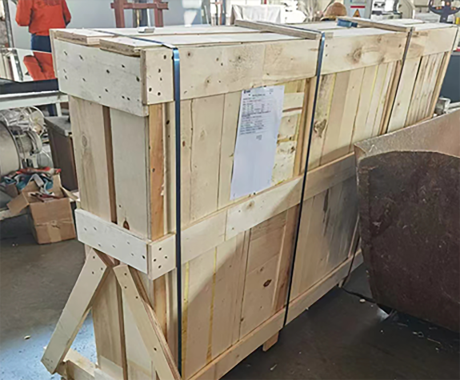

The Allure of Colored Mirror Glass An Aesthetic Revolution in Design
In the dynamic world of design, where aesthetics and functionality converge, colored mirror glass stands out as a transformative material that captures the imagination and enhances the visual appeal of spaces. As an innovative fusion of art and technology, colored mirror glass introduces a new dimension to interiors, exteriors, and decorative applications, offering unlimited creative possibilities. This article explores the intricacies of colored mirror glass, its applications, benefits, and the future it promises in contemporary design.
What is Colored Mirror Glass?
Colored mirror glass is a specialized type of glass that has been coated with a reflective film while also incorporating color pigments. This unique combination allows the glass to reflect light and images distinctly, while simultaneously adding a vibrant hue, making it visually striking. The production process ensures durability and resistance to environmental factors, which is essential in both indoor and outdoor settings.
The colors can be customized to suit various aesthetics, ranging from bold, saturated tones to soft pastels. The interplay of light, color, and reflection creates a mesmerizing effect, allowing colored mirror glass to change its appearance depending on the angle of light and viewpoint. This adaptability makes it an ideal choice for designers seeking to create dynamic and engaging environments.
Applications of Colored Mirror Glass
The applications of colored mirror glass are vast, encompassing numerous fields, including architecture, interior design, art, and signage. In architecture, it is often used in facades, where its reflective quality allows buildings to integrate seamlessly with their surroundings while providing a striking visual element. For instance, commercial buildings adorned with colored mirror glass can create captivating interactions with sunlight, producing a breathtaking light show that changes throughout the day.
In interior design, colored mirror glass is utilized in creating accent walls, partitions, or decorative features that add depth and elegance to spaces. A living room with a colored mirror glass feature can evoke a sense of luxury and sophistication, amplifying natural light and enhancing the overall ambiance. Additionally, furniture pieces such as tables and cabinets made with colored mirror glass exude modernity and style, becoming statement pieces in any room.
Artists have also embraced the medium, using colored mirror glass to create intricate installations and sculptures that challenge perceptions and play with the viewer’s perspective
. The reflective properties invite interaction and engagement, as viewers see themselves among the artwork, fostering a deeper connection to the piece.
Benefits of Colored Mirror Glass
The benefits of colored mirror glass extend beyond its aesthetic qualities. One of its primary advantages is its ability to enhance natural light in a space. By reflecting and diffusing light, it can brighten up dimly lit rooms, reducing the need for artificial lighting and promoting a more energy-efficient environment.
Moreover, colored mirror glass is relatively low-maintenance compared to traditional mirror surfaces. Its robust coating protects against scratches and tarnishing, ensuring longevity and durability. This makes it an attractive option for high-traffic areas where durability is essential.
Another significant benefit is its versatility. Designers can manipulate colors and finishes, allowing for personalized solutions that meet specific client needs. The choice of color can evoke different moods and themes, offering an almost limitless array of options for design projects.
The Future of Colored Mirror Glass in Design
As the demand for innovative and sustainable materials continues to rise, colored mirror glass is poised to play a crucial role in the future of design. With advancements in technology, manufacturers can produce more environmentally friendly variants that reduce waste and energy consumption during production.
Furthermore, as an artistic medium, colored mirror glass encourages designers to push boundaries, reimagining how spaces can be used and experienced. As trends in biophilic design and immersive environments gain traction, the interplay of colored mirror glass with natural elements like plants and water features can create serene and visually stimulating settings.
In conclusion, colored mirror glass is more than just a decorative element; it is a versatile and dynamic material that responds to the needs of contemporary design. Its ability to blend beauty with function, coupled with an array of applications, positions it as a key player in the evolving landscape of architecture and interior design. As we look to the future, the potential for innovation with colored mirror glass seems limitless, paving the way for a new era of aesthetic expression in our built environments.